The National Museum of Korea
Introduction
The National Museum of Korea is located in Seoul, the capital city of the republic. It is one of the most visited museums in South Korea and holds an impressive collection of artifacts from prehistoric to modern times.
The museum has a variety of permanent and temporary exhibitions, including ancient Korean art, calligraphy, pottery, folk crafts and many other collections. It also features a library with over 250,000 volumes as well as educational programs and a variety of events.
Visitors can learn about the history and culture of Korea through interactive displays, lectures, workshops, live performances and other activities.
The museum also organizes special exhibitions to highlight important aspects of Korean culture throughout the year.
In addition to regular admission fees, visitors can enjoy a range of discounts including group tours, discounted children's tickets and special family packages. The museum also offers free admission for all students during the school year.
With its variety of programs, events and exhibitions, the National Museum of Korea is a great place to explore the past and present history and culture of Korea.
The museum also has a range of educational programs aimed at students and teachers. Classroom sessions include lectures, workshops and interactive activities to help students learn about Korean history and culture in an engaging way.
Teachers can also take part in professional development workshops to gain new skills and knowledge related to teaching about Korea. The museum also provides free access to its digital collection, with over 200,000 items such as texts and images available for research and educational use.
In addition to these educational resources, the National Museum of Korea has a variety of events throughout the year. These include lectures from experts on Korean history and culture, cultural performances, art exhibitions, international conferences, outdoor activities and much more.
All of these events bring people from around the world together to learn and celebrate Korean culture. Whether you’re a student, teacher, or simply interested in learning about Korea, the National Museum of Korea offers something for everyone!
For those who cannot make it to the museum in person, there are still plenty of ways to explore the history and culture of Korea. The National Museum of Korea website offers digital exhibitions, videos, podcasts and virtual tours that take visitors on a journey through Korean history.
There is also an online shop which sells unique souvenirs related to the museum's collections. These gifts are perfect for anyone wanting to share their love of Korean culture with others.
south korea's national museum
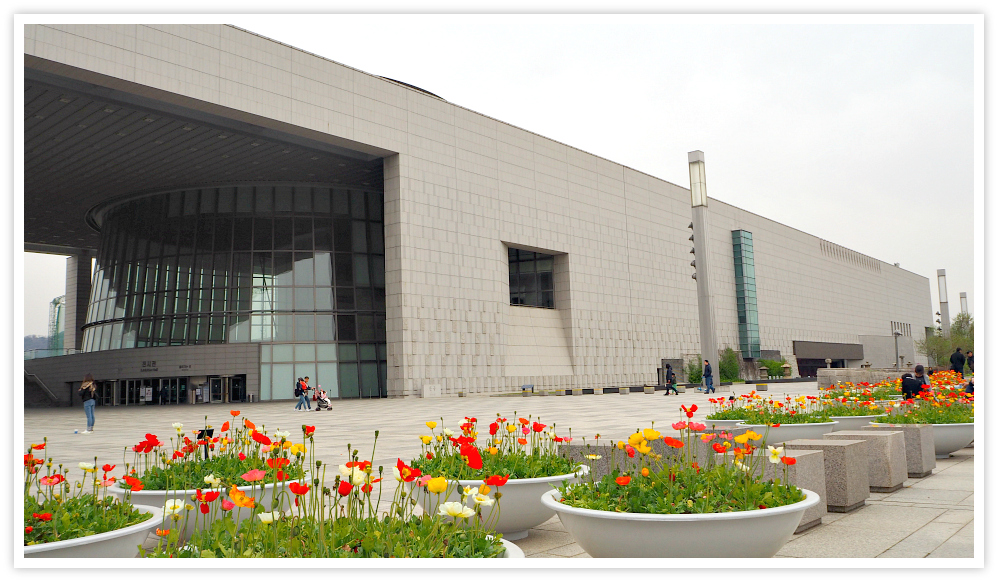 Entrance area of the museum
Entrance area of the museumThe National Museum of Korea is one of the must-see places if you want to learn about the country’s past and understand its present.
The museum, which is located in Seoul, is very accessible and its valuable items are worth your time and effort. It houses various artifacts and evidence of the country’s pre-history and the beginning of its people, their way of life, and the legacies they left behind for us to see.
This page fundamentally describes all that there is at the National Museum of Korea. Aside from the permanent exhibitions and Special Exhibitions, you can find other facilities and resources for your comfortable and more enjoyable visit to the museum.
Depending on how much interest you have about museums, seeing all the permanent exhibition galleries could take at least a day. If you love museums, then it might take you two days to fully see and explore all the items preserved inside the museum.
I have visited the place three times, but I have not even explored half of it. The reason being that I am taking photos for this blog!
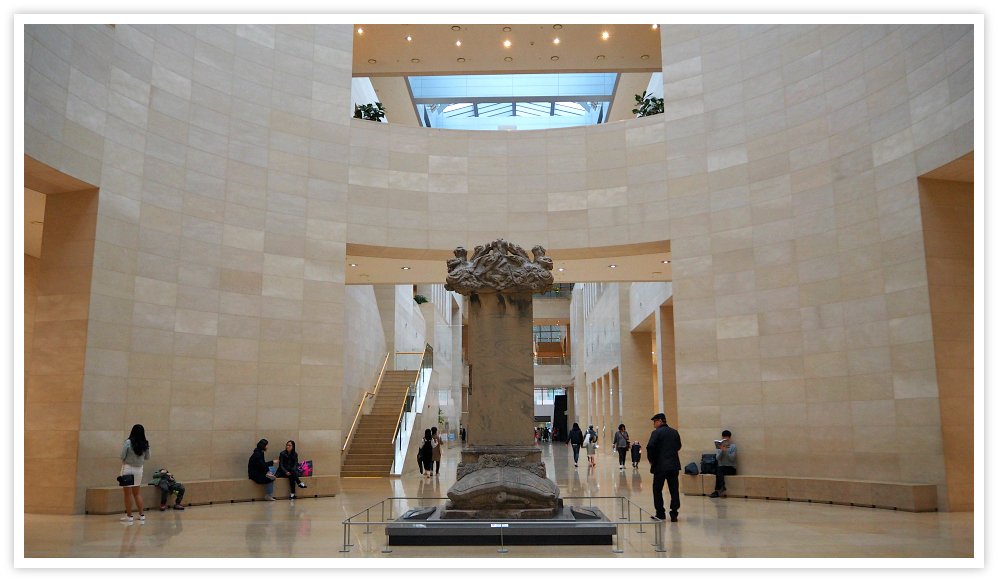 A tortoise stupa
A tortoise stupaAmazing permanent exhibitions
The gallery includes from the Paleolithic Period to the North-South states period of ancient Korea. The gallery features Korean history and culture per period. In total, the gallery has 7,500 items which include goods and artifacts of the Korean ancestors.
Notably, the pre-history and ancient gallery of the National Museum of Korea (NMK) include the...
Paleolithic period, Neolithic period, Bronze Age/Gojoseon Period, Buyeo Kingdom/Samhan Period, Goguryo Kingdom, Baekje Kingdom, Gaya Confederacy, Silla Kingdom, Unified Silla Period, and the Balhae Kingdom.
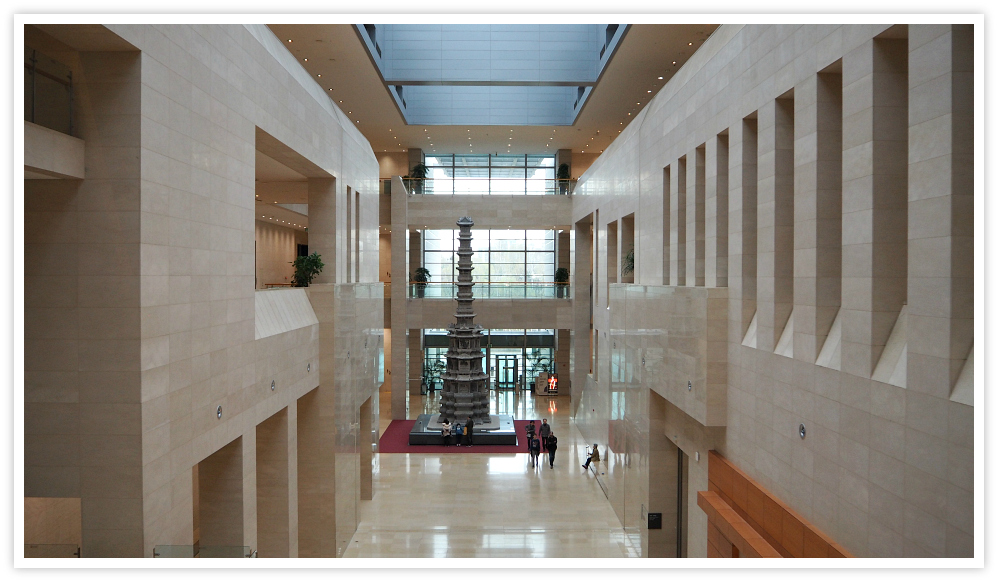 A pagoda at the center of the museum's lobby
A pagoda at the center of the museum's lobbyMedieval and Early Modern History
This gallery exhibits the historical and cultural heritage of Goryeo, Joseon, and the Korean empire which are divided into periods and themes. The Goryeo Dynasty is composed of Goryeo I and II, Joseon is composed of I, II, and III, and the Korean Empire gallery.
In this gallery, you can enjoy exploring the over 1,000 items being exhibited there.
Highlight Collections
In the first floor, you will find fabulous items which are the highlights of your visit.
Some of these items include the handaxe (stones), bowls, stone dagger, duck-shaped pottery, bronze tiger-shaped buckle, gold diadem ornaments, plate armor, gilt-bronze crown, gold crown, horse and rider-shared pottery, celadon ewer, metal works, wooden printing blocks, imperial seal and more.
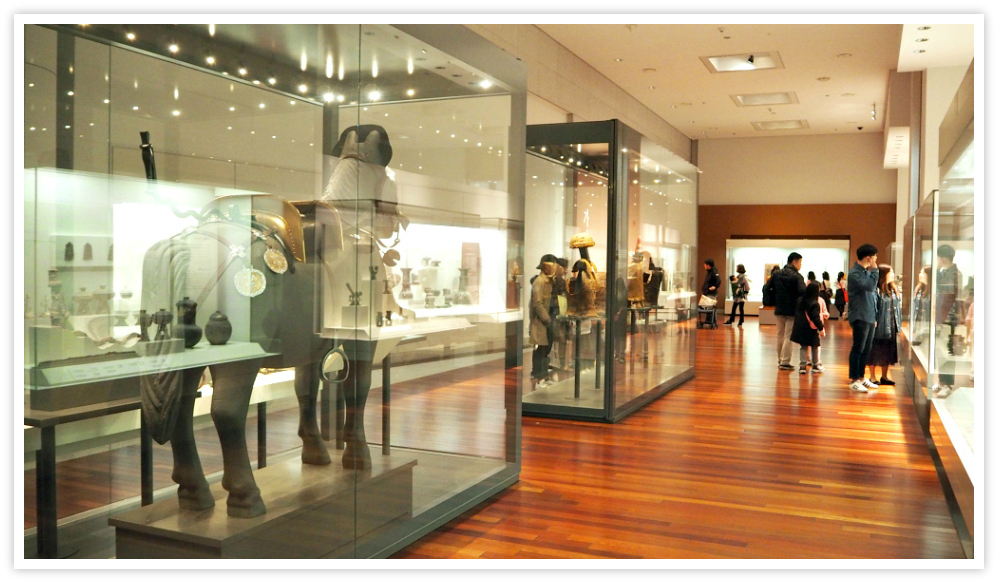 Horse accessories
Horse accessories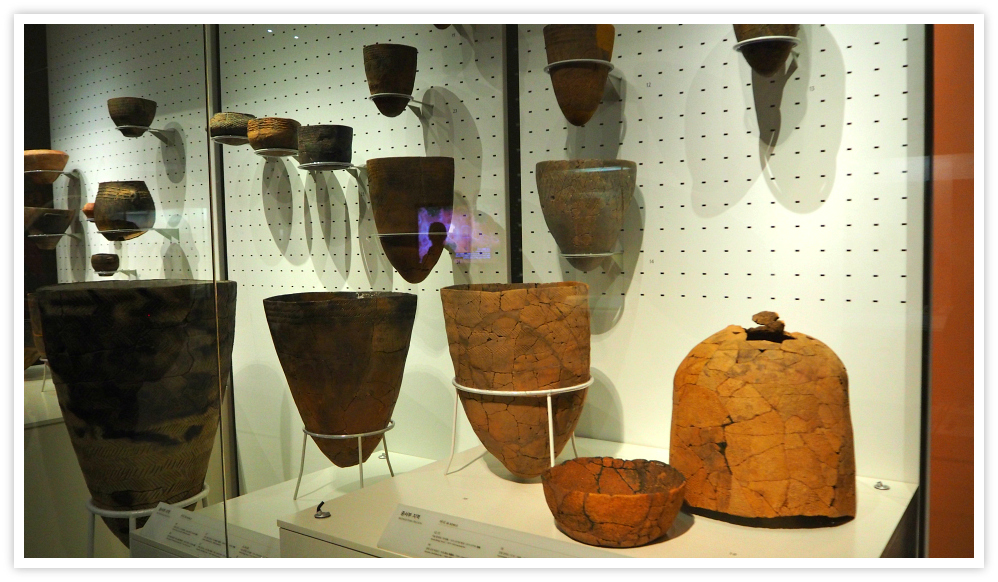 Clay Potteries
Clay PotteriesSecond Floor Galleries
In this floor, you can explore the eleven galleries exhibited with over 1,400 rare and priceless works donated to the National Museum of Korea by numerous donors from all over the world.
These donated works include the following highlights: stele for the National Preceptor Naggongdaesa at Taejasa, genre painting Album, documentary painting, Ten Kings of Hell, wood and lacquer crafts, white porcelain jar with dragon design, bronze helmet (Spartan helmet), gourd-shaped ewer, Shakyamuni Buddha, bodhisattvas, among others.
Also, you will find various calligraphy and paintings in the eight rooms on this same floor. The exhibitions (regularly rotated) are master examples of traditional Korean paintings, Buddhist paintings, and calligraphy. Over 300 masterpieces are being displayed in these rooms.
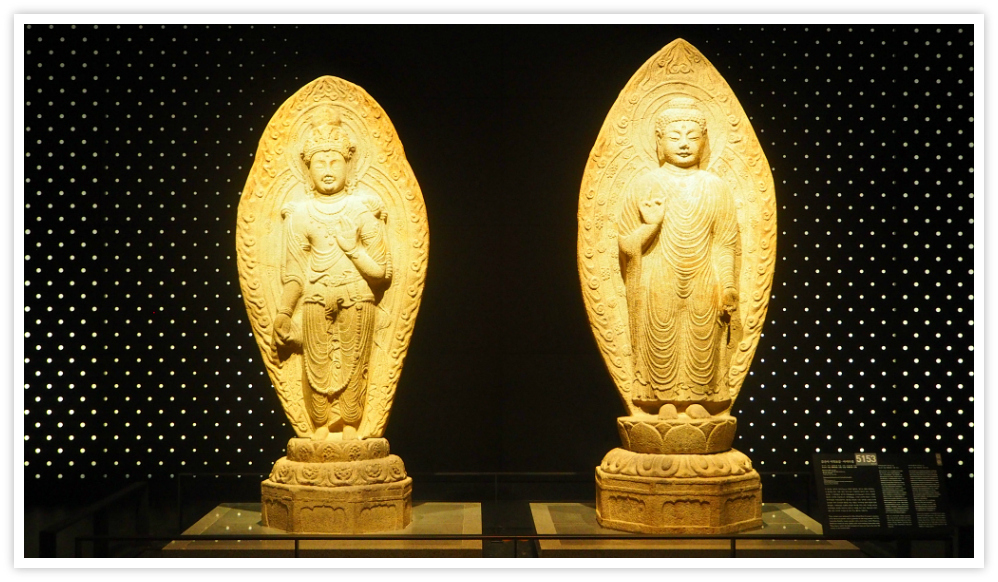 Buddhism Statues
Buddhism StatuesThird Floor Galleries
In the third floor, you will find not only Korean items but mostly Asian arts and sculptures. There are five rooms that exhibit the over 800 works of arts and cultural items collected from many Asian countries. Specifically, the cultures being exhibited are from the Central Asia which includes the Silk Road cultural heritage which can be an interesting exhibition to find the exchanges between the East and the West.
For the sculpture and crafts, you will find over 700 displays in the seven rooms of this same floor. You will be amazed to find the most beautiful examples of Buddhist sculptures, metal work of art, and ceramics.
At this floor, you can find the highlights among its great displays such as the Maitreya Bodhisattva, Amitabha Buddha, pensive Bodhisattva, iron Buddha, celadon incense burner, a celadon pitcher with dragon-shaped design, white porcelain, celadon vase, and more.
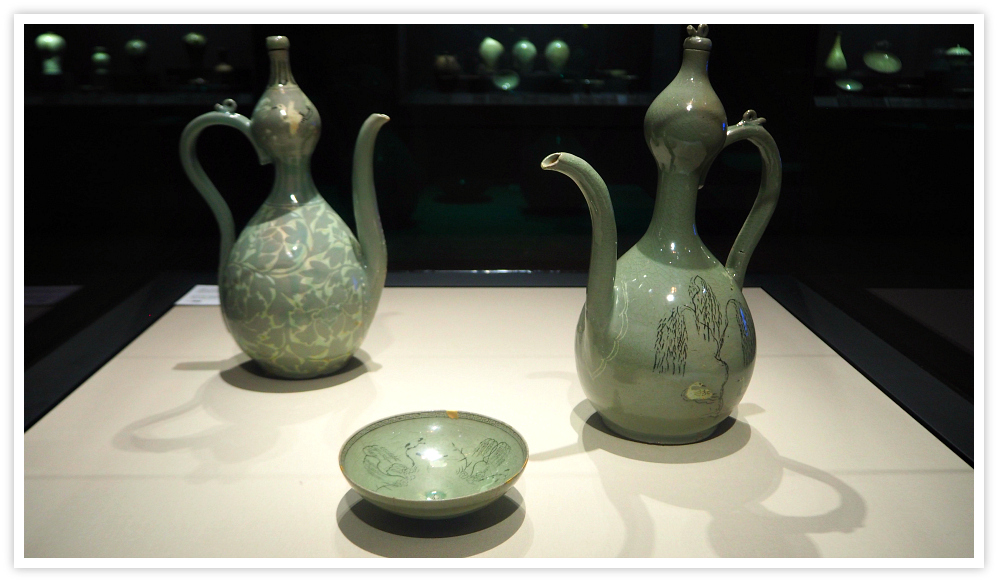 Ewers and a Bowl
Ewers and a Bowlgreat facilities & services
Now, if you want to know about the other services available inside the museum, here they are to see if you need any of them during your visit.
Restrooms, facilities for the handicapped, emergency room, rental services (e.g. baby strollers, wheelchairs), cloakroom, public phones, lounge, video rooms, museum shop (sells books, souvenirs, etc), restaurant (various dishes), café, and you can go up and down using the stairs, escalator, or the elevator.
There is a security screening area which requires you to have your bags x-rayed. Of course, anything that is sharp and harmful is not allowed in. You can put your valuables in the locker which are located just opposite the Museum Shop.
full picture of the national museum of korea
As a map of the museum, let me describe the major areas that compose the whole area including the museum building itself.
The museum has an Education Center, Library, Theater, Children’s Museum, Open Plaza, Exhibition Hall, Office Building, Mirror Pond, Cheongjajeong, Mirror Pond restaurant, Pagoda garden, Dragon Falls, Convenience Store, ATM, National Hangeul Museum, and nearby is the Yongsan Family Park.
The Education Center hosts various classes and workshops for students of all ages, providing opportunities to learn about the history and culture of South Korea through interactive activities.
The Library is a great place to borrow books on South Korean culture and history, as well as browse interesting artifacts from the past.
The Theater offers performances related to Korean culture and has a variety of activities for children and adults alike.
The Children’s Museum is a great place to learn about South Korean culture through hands-on experiences.
The Open Plaza is an open space where visitors can enjoy, participate in workshops, and interact with each other.
The Exhibition Hall displays various artifacts from different periods of South Korea's history and is a great way to get an in-depth understanding of the culture.
The Art Gallery features works from Korean artists, offering unique insights into South Korean culture and history. There are also interactive exhibits that allow visitors to explore the culture through activities such as art and drama.
The Museum Gift Shop offers a variety of souvenirs, including traditional items, that can be taken home as a reminder of the experience.
Visiting the Children’s Museum is an unforgettable way to gain appreciation for South Korean culture and its history. It provides visitors with a unique opportunity to interact with each other, learn through hands-on experiences, and take home memories that will last a lifetime.
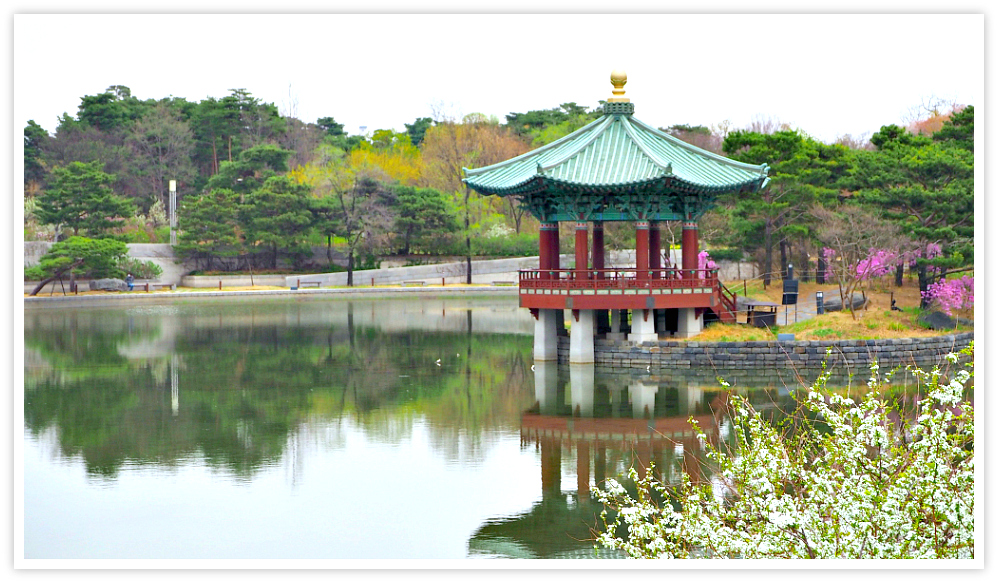 Mirror Lake in front of the museum
Mirror Lake in front of the museumGuided Tours Inside The Museum
Yes, if you want to be guided around with explanations of some specific galleries, you can join a group with an expert guide who could describe each items being exhibited.
Group Talks On Museum Highlights
You need to contact, by phone a day before the tour. Each group will be about 15 adults. The languages available are English, Chinese, and Japanese.
Dial this number: 02-2077-9863 to reserve your spot at the National Museum of Korea in Seoul.
Guided Tour with Stories
You can join a guided tour with stories by a ‘Smart Curator’ if you want a more exciting experience at the museum. Apply online for your reservation. You can register on-site, but it depends on the available vacancy.
Guided Tour in Sign Language
The sign language guided tour is a generous and excellent service for those who have hearing issues. If you want to be sure that you will get this service, please register online (Phone: 02-2077-9047).
Also, you may register on-site, but there is no guarantee you get in due to the significant number of applicants.
The guided tours start from the Information Desk, which is located at the main entrance of the building, for all the Permanent Exhibition galleries.
Guided tours for foreigners also start from the Information Desk. The tours in English, Japanese, and Chinese are available from Monday to Friday and Weekends.
Since during weekends that more people visit, guided tours in the afternoon are also made available especially for Japanese and Chinese speakers. However, the English guided tour is possible not only on weekends but also on the weekdays.
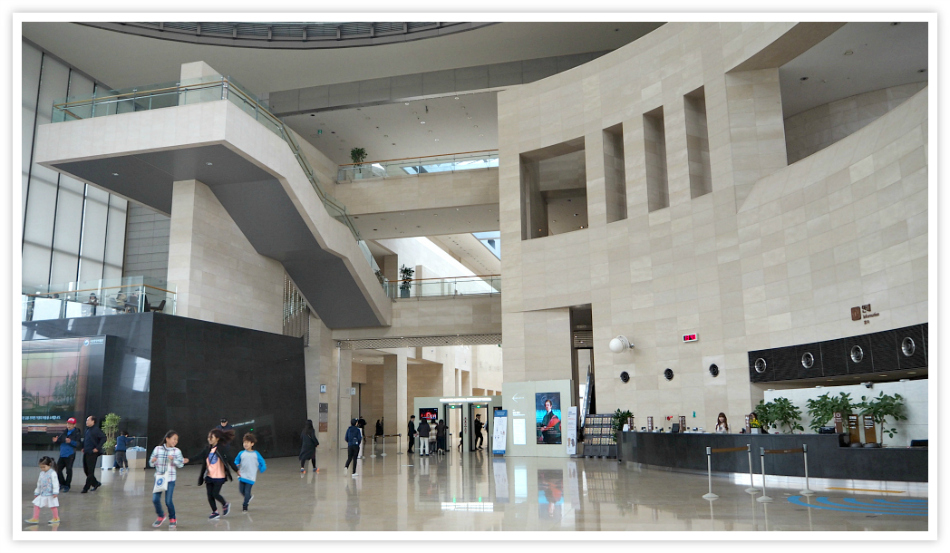 Entrance and Front Desk
Entrance and Front DeskSpecial and Permanent Exhibitions Difference
While the permanent exhibitions are for free, the special exhibitions (opposite building) are not. You need to purchase a ticket at the ticketing office to get admitted. The last admission time is 1 hour before closing.
School Groups Tour
The National Museum of Korea (NMK) certainly accepts group tours from schools. It is required to be registered at least one day before and at most three months in advance. If you did not register in advance, you could still get in but only in limited galleries.
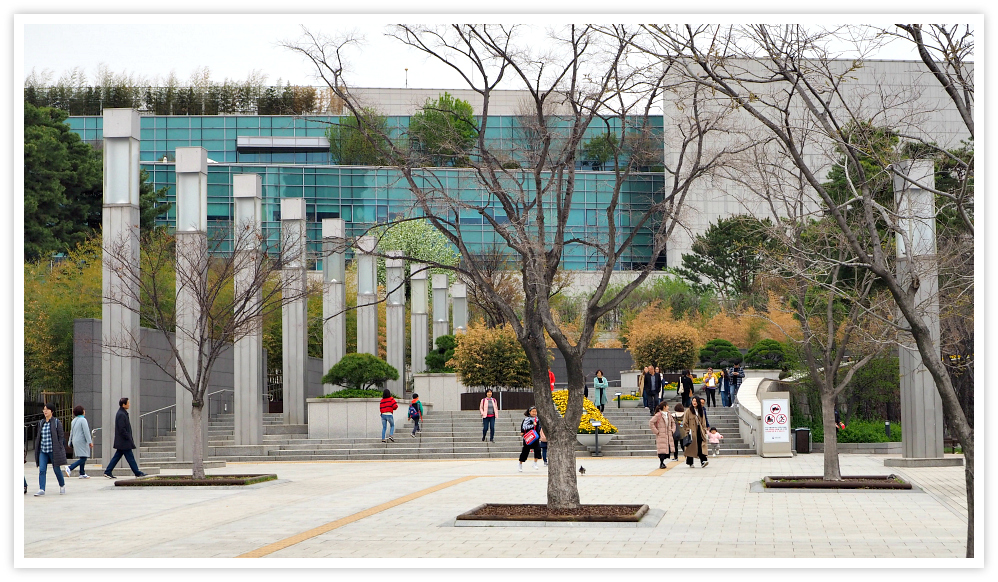 The ground of the National Museum of Korea
The ground of the National Museum of KoreaGetting to the National Museum of Korea
Since the museum is located in central Seoul, it is very much accessible via all public transports. The museum is directly accessible by subway.
Location:
137 Sobinggo-ro, Yongsan-gu, Seoul, Korea.
Phone: 02-2077-9000.
Public Transports
South Korea, especially Seoul, has an excellent public transport system that can ferry you easily. Buses and subways are the cheapest way to move around. Get yourself an App or a map of the public transports. The samples below will bring you to the museum…
By Bus: Blue 502, 400
Subway: Line 4 or Jungang Line to Inchon Station then get out at Exit 2, or use the Museum Nadeulgil which is directly connected to the plaza of the museum.
Of course, a taxi can take you directly to the entrance gate of the museum.
Now, if you have any question, please let us know.
Have an exciting visit to the museum.
- Home
- Museums & Galleries
- National Museum of Korea
Get Exciting Activities
Book one of our exciting activities today to experience the thrill of a lifetime! Take advantage of this opportunity and secure your spot in advance.
Hotel Map Guide
Find your affordable, accessible, and comfortable hotel in Seoul at Agoda.Com. See the hotel map below...
Hotel Booking Guide
Find affordable and amazing hotels on Agoda.com using the search box below. Book now to enjoy great discounts and save!

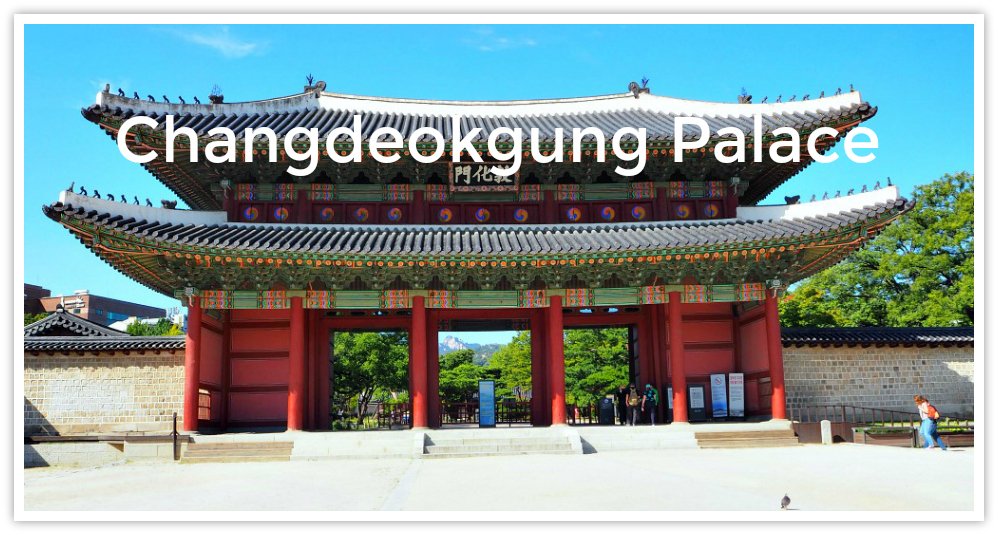





New! Comments
What do you think about this page? Leave me a comment in the box below.